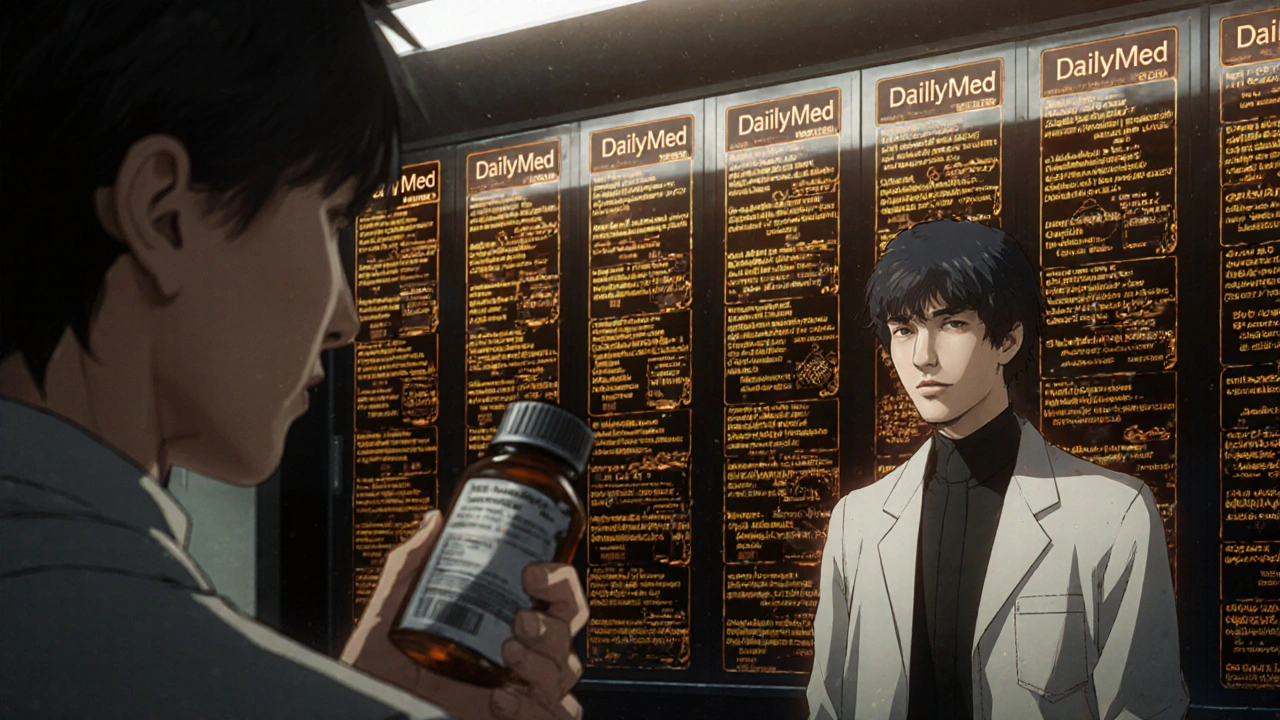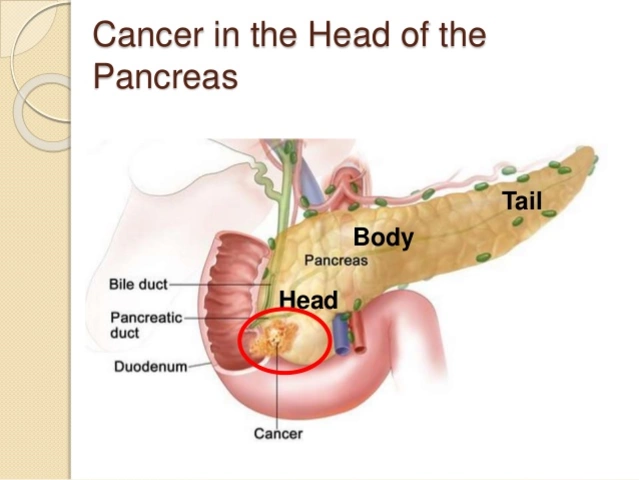
When you or a loved one takes a generic drug, you need to know exactly what you’re taking - not just the name, but how it works, what it interacts with, and whether it’s truly safe to switch from the brand version. With over 78% of all prescriptions in the U.S. filled with generic medications, getting accurate information isn’t just helpful - it’s essential. But not all websites are created equal. Some are outdated. Others are packed with ads. A few are downright dangerous. So where can you turn for trustworthy, up-to-date details on generic drugs?
MedlinePlus: The Go-To for Patients and Families
If you’re a patient, caregiver, or someone just trying to understand a new prescription, MedlinePlus is your best starting point. Run by the National Library of Medicine - part of the National Institutes of Health - it’s free, ad-free, and designed for real people, not doctors. The site breaks down complex drug info into plain language, with reading levels checked to match a 6th to 8th-grade understanding. That means no confusing jargon like "bioavailability" or "pharmacokinetics." Just clear explanations about what the drug does, how to take it, possible side effects, and what to avoid.
It covers over 17,500 drugs, herbs, and supplements, updated 15 to 20 times a day. Need info in Spanish? Done. Looking for a printable version to take to your doctor? Available. Parents using it for their kids’ medications? Over 450,000 healthcare providers use it monthly, and patients give it a 4.7 out of 5 stars on Google reviews. The most common praise? "It actually made sense." The most common complaint? "It doesn’t give exact dosing for every condition." And that’s true - it’s meant to inform, not replace your pharmacist’s advice.
DailyMed: The Official Source for FDA Drug Labels
If you need the exact, legally approved wording from the FDA - the full prescribing information that pharmacists and doctors use - DailyMed is the only place to go. It’s not pretty. It’s not mobile-friendly. But it’s the most accurate source you’ll find. Every generic drug label you see in a hospital or pharmacy database comes from DailyMed. It’s updated within 72 hours of any FDA change, and as of October 2023, it held over 92,000 drug entries.
Pharmacists rely on it. Regulators require it. In 37 states, pharmacies are legally required to have access to DailyMed or equivalent FDA-approved labeling. It’s the gold standard for regulatory accuracy. But here’s the catch: it’s written for professionals. The language is dense. The layout is clunky. You’ll see sections like "Clinical Pharmacology" and "Drug Interactions" with long paragraphs of technical data. That’s why most patients don’t use it alone. But if you’re double-checking whether your generic is approved for the same use as the brand, or if you’re verifying a substitution warning - DailyMed is where you go.
Drugs.com: The Fast, Free All-in-One Tool
Drugs.com is the middle ground - fast, free, and surprisingly powerful. Founded by a pharmacist in 1999, it’s become the most popular consumer-facing drug site in the U.S., handling over 12 million searches a day. It pulls data from the FDA, AHFS DI, and Micromedex, so it’s updated daily. Its Pill Identifier tool lets you match a pill by color, shape, or imprint - and it works correctly nearly 9 out of 10 times. Its drug interaction checker caught 92.4% of serious interactions in a Johns Hopkins study, outperforming most free alternatives.
Its biggest strength? Speed. You can find a drug, check side effects, see interactions, and look up alternatives in under 30 seconds. Its mobile app is rated 4.6 out of 5 by over 28,000 users. But it’s not perfect. The site is cluttered with ads. Some users say it feels like a “shopping mall of drug info.” Still, for quick checks - especially when you’re on the go - it’s the most practical free tool out there. Many pharmacists use it for fast answers between patients.

The FDA Orange Book: For Therapeutic Equivalence Details
Not all generics are the same. Some, like levothyroxine (for thyroid), warfarin (a blood thinner), or certain seizure meds, need to be exact. Even tiny differences in how the body absorbs them can cause problems. That’s where the FDA’s Orange Book comes in. Officially called "Approved Drug Products with Therapeutic Equivalence Evaluations," it lists every approved generic and tells you whether it’s rated as "AB" (therapeutically equivalent) or "BX" (not equivalent).
As of November 2023, it covered over 20,000 generic products across nearly 15,000 brand-name drugs. If your pharmacist switches your thyroid med to a cheaper version and you start feeling off, the Orange Book is the first place to check. Is the new one still rated "AB"? If yes, it should work the same. If it’s "BX," you might need to ask your doctor to stick with the original. The Orange Book is free, updated monthly, and downloadable for pharmacy systems. But it’s not user-friendly for non-experts. You need to know the exact drug name and manufacturer. That’s why most people use it alongside MedlinePlus or Drugs.com to understand what the ratings mean.
How to Use These Resources Together
No single site gives you everything. But together, they cover all your needs:
- Start with MedlinePlus to understand what the drug does and how to take it safely.
- Check Drugs.com for interactions, side effects, and quick answers - especially if you’re on multiple meds.
- Look up the label on DailyMed if you’re unsure whether your generic is approved for your condition or if you’re getting conflicting advice.
- Use the Orange Book if you’re switching generics for a narrow-therapeutic-index drug and want to confirm therapeutic equivalence.
For example, if you’re on a generic version of metformin and your blood sugar isn’t controlling as well, you might check the Orange Book to see if your new brand is rated "AB." If it is, then you’d go to MedlinePlus to review dosing tips and side effects. If you’re still unsure, Drugs.com’s interaction checker can tell you if a new supplement or OTC painkiller might be interfering.
What Not to Do
Don’t rely on Google searches, random blogs, or pharmacy websites that sell supplements. A 2022 study by the Institute for Safe Medication Practices found that 7.4% of reported medication errors involved incorrect generic drug info - often because people trusted non-authoritative sources. Avoid sites that promise "miracle cures," push expensive alternatives, or don’t list their sources. If a site doesn’t say it’s from the FDA, NIH, or a major medical institution, treat it like gossip - not medicine.
Also, don’t assume all generics are interchangeable. The FDA says they’re bioequivalent, but real-world experience shows that for some people - especially those on thyroid meds, epilepsy drugs, or blood thinners - even small differences matter. That’s why it’s critical to talk to your pharmacist if you notice changes after a switch.
What’s Coming Next
Things are getting better. In 2023, the FDA launched a new API for DailyMed, letting electronic health records pull real-time label updates. MedlinePlus is adding multilingual safety alerts in 15 languages by late 2024. The Orange Book is being updated with real-world data to improve equivalence ratings. And while paid tools like Lexicomp offer faster updates and AI-powered alerts, the free government sites are improving fast - and they’re still the most reliable.
Bottom line: You don’t need to pay for drug info. The best, most accurate resources are free - if you know where to look. Use MedlinePlus to understand. Use Drugs.com to check quickly. Use DailyMed to verify. Use the Orange Book to confirm equivalence. Together, they give you the power to take control of your meds - safely and confidently.
Are generic drugs as safe as brand-name drugs?
Yes, FDA-approved generic drugs must meet the same strict standards as brand-name drugs. They contain the same active ingredient, strength, dosage form, and route of administration. They’re tested to be bioequivalent - meaning they work the same way in the body. The only differences are in inactive ingredients like fillers or dyes, which rarely cause issues. For most people, generics are just as safe and effective.
Why does my generic pill look different from the brand?
By law, generic drugs can’t look exactly like the brand-name version. That’s to avoid trademark infringement. So color, shape, size, or markings may be different - but the active ingredient is identical. If you’re unsure, use Drugs.com’s Pill Identifier or check the label on your prescription bottle. If you notice new side effects after switching, talk to your pharmacist.
Can I trust online pharmacies that sell generic drugs?
Only if they’re verified. The FDA’s BeSafeRx campaign warns that over 96% of online pharmacies selling drugs to U.S. customers are illegal. Stick to U.S.-based pharmacies with a physical address, a licensed pharmacist on staff, and a valid license number you can verify through your state board of pharmacy. Never buy from sites that don’t require a prescription or offer "miracle" discounts. Counterfeit drugs are a real risk.
What if my insurance switches my generic without telling me?
Pharmacies often switch generics to save money - and they’re allowed to unless your doctor writes "dispense as written" on the prescription. If you notice a change in how you feel - more side effects, less effectiveness - contact your pharmacist. Ask if the new version has the same FDA therapeutic equivalence rating. You can also check the Orange Book yourself. If you’re concerned, ask your doctor to require the original brand or a specific generic.
Do I need to pay for a drug app or subscription service?
No - not for basic information. The free resources like MedlinePlus, DailyMed, Drugs.com, and the FDA Orange Book are more than enough for patients and families. Paid services like Lexicomp or Clinical Pharmacology are designed for hospitals and clinicians who need real-time alerts, advanced interaction checks, or integration with electronic records. For personal use, you don’t need them. Save your money.
Next Steps
If you’re taking a generic drug right now, take five minutes to check one of these sources. Open MedlinePlus and search for your medication. Read the section on side effects and interactions. Then go to DailyMed and find the full label - just to see what the FDA says. If you’re on a thyroid, seizure, or blood thinner medication, open the Orange Book and search for your drug’s name. See if your current generic is rated "AB." If you’re unsure, bring the info to your next appointment. You don’t need to be an expert - you just need to be informed.





stephen riyo
November 25, 2025 AT 21:10MedlinePlus is great and all but have you tried reading the actual FDA label on DailyMed? It’s like trying to decode ancient hieroglyphs with a flashlight in a hurricane. I printed one out for my dad’s blood thinner and he cried. Not because he was moved - because he realized he’d been taking it wrong for two years. No one told him the timing mattered this much.
Wendy Edwards
November 26, 2025 AT 16:28i just use drugs.com and call it a day. i dont care if its got ads, at least i dont have to read a 10-page pdf to find out if my headache is from the med or just my ex texting me. also the pill identifier saved my life last month when i mixed up my anxiety pills and thought i was having a heart attack. turns out i just took the wrong blue oval. thanks, drugs.com 😭